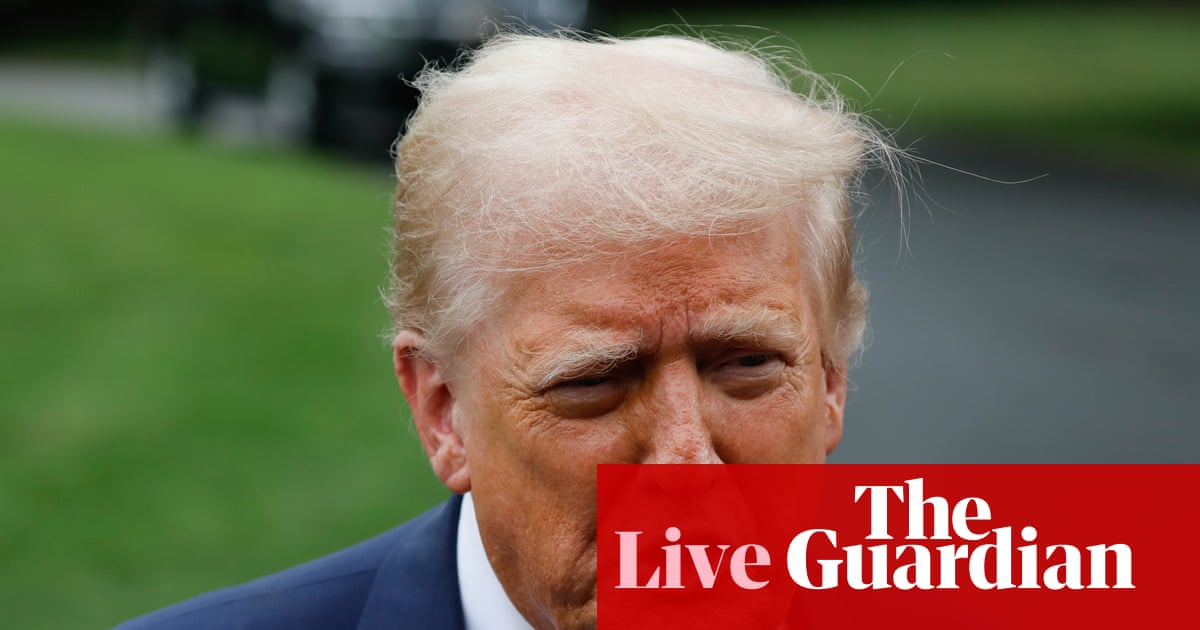
Former U.S. President Donald Trump has once again made headlines by announcing his intent to sign an executive order aimed at eliminating mail-in ballots and discontinuing the use of voting machines. The announcement, delivered via his Truth Social platform, has sparked debates nationwide over its legal feasibility and potential implications.
Trump’s Controversial Executive Order
In a post made earlier this week, Trump declared his intention to ‘lead a movement’ to abolish mail-in voting and replace existing voting technologies with ‘watermarked paper ballots.’ Calling the current voting machines “highly inaccurate, very expensive, and seriously controversial,” the former president pointed to past electoral disputes as justification for these changes.
The push to end mail-in ballots comes as the Republican Party continues to raise concerns about election integrity, despite numerous investigations confirming the validity of mail-in votes during previous elections. Trump intends to introduce his proposals before next year’s midterm elections, sparking debates among legal experts regarding his ability to influence state-controlled election mechanisms. The U.S. Constitution explicitly grants states the power to regulate federal elections, limiting the president’s role in such matters.
Challenges with Voting Machine Alternatives
Trump has proposed replacing electronic voting machines with paper ballots that feature specific security measures, such as watermarks. While his suggestion has gained traction among election skeptics, specialists warn of logistical and financial problems. Implementing a nationwide switch to paper ballots would require significant investments and could significantly slow down election results in high-turnout races.
Moreover, manual counting of ballots has historically shown reduced accuracy compared to advanced tabulation systems. Case studies from jurisdictions that have experimented with hand counts reveal increased counting times, higher costs, and a greater margin of human error in tallying votes.
The Legal Reality
According to constitutional law experts, Trump faces significant legal barriers in implementing these sweeping changes to the election process. Federal courts have already blocked similar executive actions in the past, emphasizing that federal elections are entirely under state jurisdiction. While Trump claims federal authority over vote tabulation processes, his interpretation of legal statutes remains unendorsed by any court.
The announcement coincides with ongoing debates about the future of democracy in the United States. With the 2026 midterm elections fast approaching, public interest in secure voting practices remains at an all-time high. Proponents and critics alike agree that fostering voter confidence is crucial.
How This Affects Americans
Trump’s movement to eliminate mail-in ballots and current voting technologies could affect millions of voters across the country. Mail-in voting is a popular option for those in rural areas, overseas military personnel, and individuals with disabilities. Limiting access to this option might disenfranchise many eligible voters, raising questions about voter equity and accessibility.
For those interested in secure and eco-friendly voting alternatives, brands like Epson EcoTank Printers provide printers designed for high-quality, efficient printing of paper ballots, ensuring durable prints with reduced environmental impact.
Conclusion
The proposed overhaul of the U.S. election system has far-reaching implications for democracy and voter accessibility. Trump’s bold claims and proposed actions will undoubtedly spark further legal battles and political debates leading up to 2026. As the nation awaits further details, the ongoing discourse reflects broader concerns about election integrity and voter rights in modern America.




